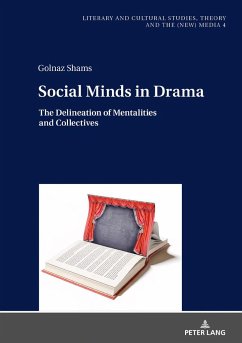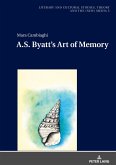This study provides a new model for the construction of mentalities and intermental thought of characters in playscripts. It introduces a model that facilitates the analysis of the construction of consciousness, instances of collective thought, and the dynamics of group formation in late-Victorian drama. It can be placed within the framework of cognitive studies because cognitive studies are interested in examining the mental state and the relationship between minds involved in cognitive interaction in narratives. For a long time narrative studies have neglected drama as a genre and, even after the long overdue acceptance of plays in the family of narratives, most critics were eager to focus on performance rather than on playscripts. This book introduces a model through which the analysis of playscripts will be rewarding and worthwhile.
Bitte wählen Sie Ihr Anliegen aus.
Rechnungen
Retourenschein anfordern
Bestellstatus
Storno








